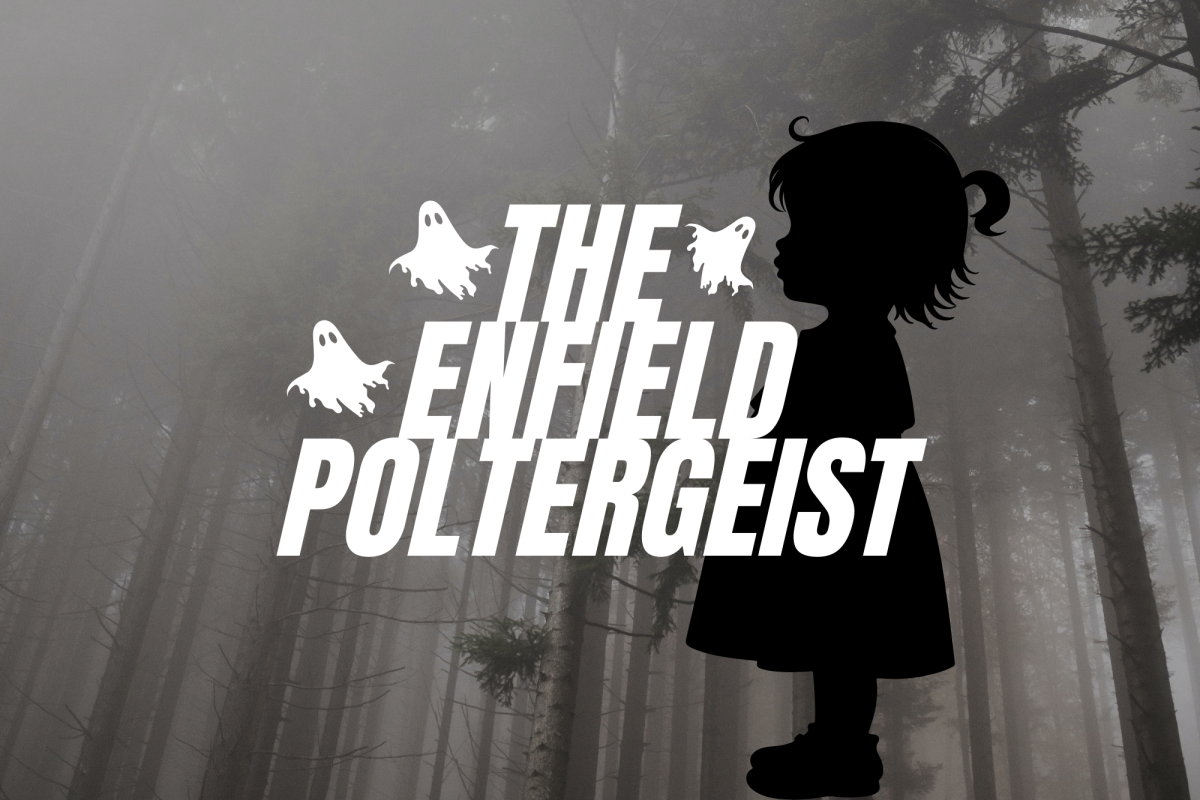The era before AMBER alerts
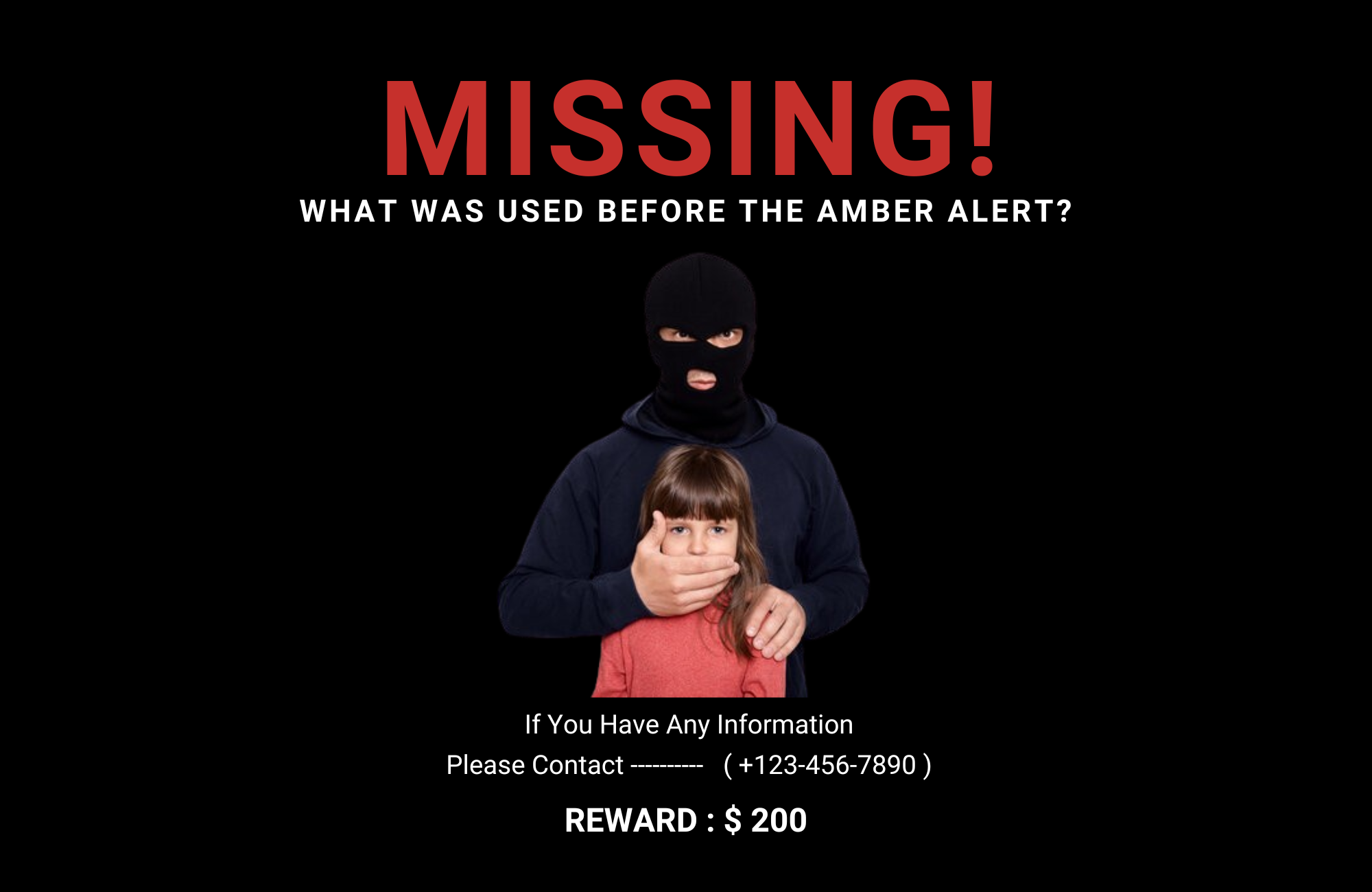
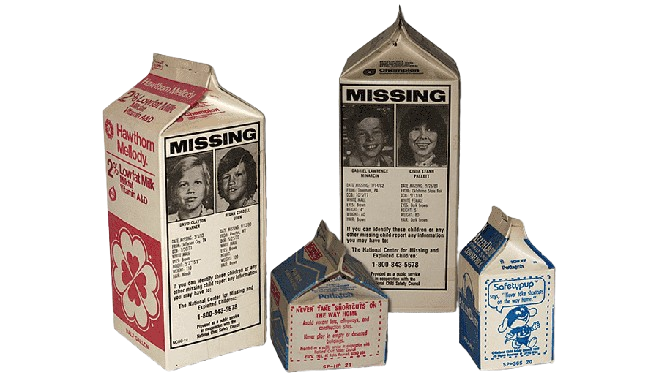
Back in the 1980s, before the creation of the AMBER alert, people would try to reach a bigger audience about their missing child with all types of different methods; one of them? A MILK CARTON.
In the 60s, paper milk cartons became the main form of milk distribution in order to replace the more expensive glass bottles.
Since it turned out that the cartons were pretty famous, companies started to advertise their products on those cartons to reach all types of people.

There was a lot of debate about which one was the first child that appeared on a milk carton, but probably it was a little one called Johnny Gosch.

At the time of his disappearance, he was 12 years old.
He was a paperboy and every morning supervised by his father, he used to ride around the neighborhood on his bike throwing newspapers to all the houses on the street.
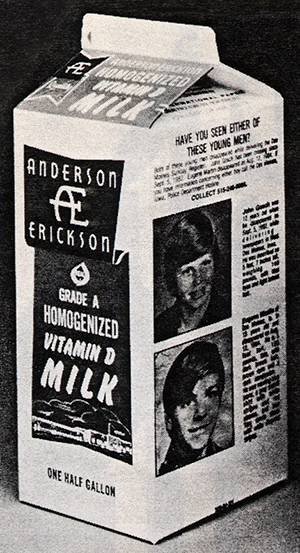
Since his dad used to follow him while doing that, the night before he went missing he told him that he felt old enough to do that on his own.
John Gosch said NO and after that he asked his child to wake him up like usual the day after so he would be able to go with him for the usual runaround.
Johnny that fateful day, September the fifth 1982, did NOT wake his dad up and went outside on his own.
The people around the neighborhood that morning started to call the paper company complaining that they didn’t receive their usual paper.
His father went to look for him after he realized that Johnny went out on his own and he found his bicycle and his red wagon tipped over two blocks away from their house.
As of 2024, there have been no arrests made and the case is now considered cold, but remains open.
A few months after his September 1982 disappearance, Noreen Gosch has said her son was spotted in Tulsa, Oklahoma, when a boy yelled to a woman for help before being dragged off by two men. Over the years, several private investigators have assisted the Gosches with the search for their son with no results.
In September 1984, Gosch’s photograph appeared alongside that of another paperboy, Eugene Martin, who had gone missing the same year. Gosch was among the first missing children who had their plights publicized in this way.
A new nationwide program was created with a well-equipped database of missing children to print their faces on milk cartons across the country.

They called it MISSING CHILDREN MILK CARTON PROGRAM, funded in December 1984.
At that time, it was the easiest way to get to all types of individuals.
It was a project meant to create public awareness about the epidemic of missing children and more broadly the concept of stranger danger.
- According to Oxford Learner’s Dictionaries the noun ‘stranger danger’ refers to the risk to children from people that they do not know who might approach them, seen as something that children should be aware of.
After the official foundation of this project, the child featured on a milk carton at a national level was Etan Patz.
If you want to read more about this case, click here: https://www.nytimes.com/2017/01/30/nyregion/what-happened-to-etan-patz.html
But overall, how effective was this idea?
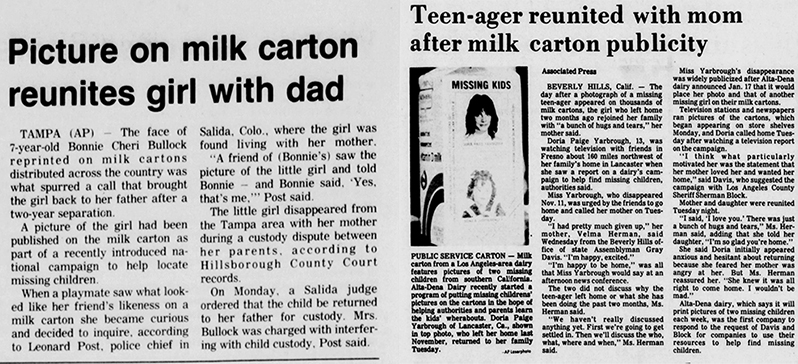
Yes, this program helped create public awareness, but it also had a lot of problems that needed to be fixed to create a perfect and efficient project.
Statistically, not that many children were found as a direct result of the program. However, there are some success stories, including a 7-year-old child in a family abduction case who recognized her face on the side of the carton and reunited with her father.
An unlucky case that happened during this time near the Sartell area was the pretty famous case of JACOB WETTERLING.
Jacob Erwin Wetterling was an American boy from St. Joseph, Minnesota, who was kidnapped from his hometown.
On Sunday October 22 1989, Jacob and his brother in the company of a mutual friend, were returning home by bicycle after shopping at a local convenience store.
All of a sudden a man with a mask and armed with a revolver approached them out of a driveway. He looked at the three boys and ordered two of them to run toward a nearby wooded area and not look back or else they would be shot.
The boy remaining? Jacob.
Search and investigation begin within minutes.
The next day, October 23, 1989 the FBI and other agencies joined the case to help find the little boy.
They were inundated with tips like a tire and shoe track that might have been useful but even though the hard work of the police, the sheriff in charge with that case, three days later after the kidnapping, he drew to the conclusion that the boy by that time was probably dead.
But the story did not end here because it seems that the little 11-year-old had touched the heart of all Minnesota.
His story was broadcast on television in the show A Current Affair where Minneapolis and St. Paul business leaders offered $100,000 as a reward for Jacob’s safe return.
In addition, famous teams like the Minnesota Timberwolves, Vikings and Twins baseball showed support for the Wetterling family.
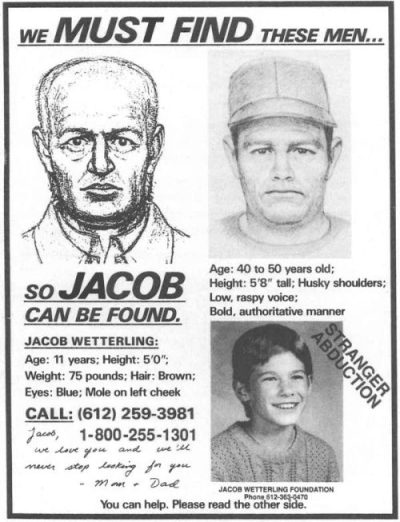
On November 30, 1989, the investigators were able to release what they considered a sketch of the abductor, combining aspects of previous sketches.
A change of events occurred on January 13, 1989 when a 12-year-old Jared Scheierl was kidnapped, sexually assaulted, and physically threatened by an unknown adult man in Cold Spring, Minnesota. The victim’s statement given on that night showed the modus operandi was similar to that of the Wetterling case.
Three days after Scheierl’s kidnapping, a police officer was able to create a list of suspects and he started to interrogate them right away.
One of the first suspects was a man called Danny Heinrich, a resident of Paynesville, 30 miles from St. Joseph.
But he denied any knowledge about the abductions of either Jacob or Jared.
After a while, on January 26 1990, Heinrich appeared officially in a police lineup with five other white males. Jared is unable to identify any as the person who assaulted him but he stayed on the police’s radar anyway.
In fact, on February 9 1990, FBI tells investigators a fiber was found on Jared’s clothing that had similar microscopic and optical properties as fibers taken from the Mercury Topaz that Heinrich owned in January 1989.
After a lot of years, exactly in 2015 BCA reported that the predominant male DNA profile from the wrist of the sweatshirt Jared wore in January 1989 matches the DNA in body hair samples taken from Heinrich in 1990.
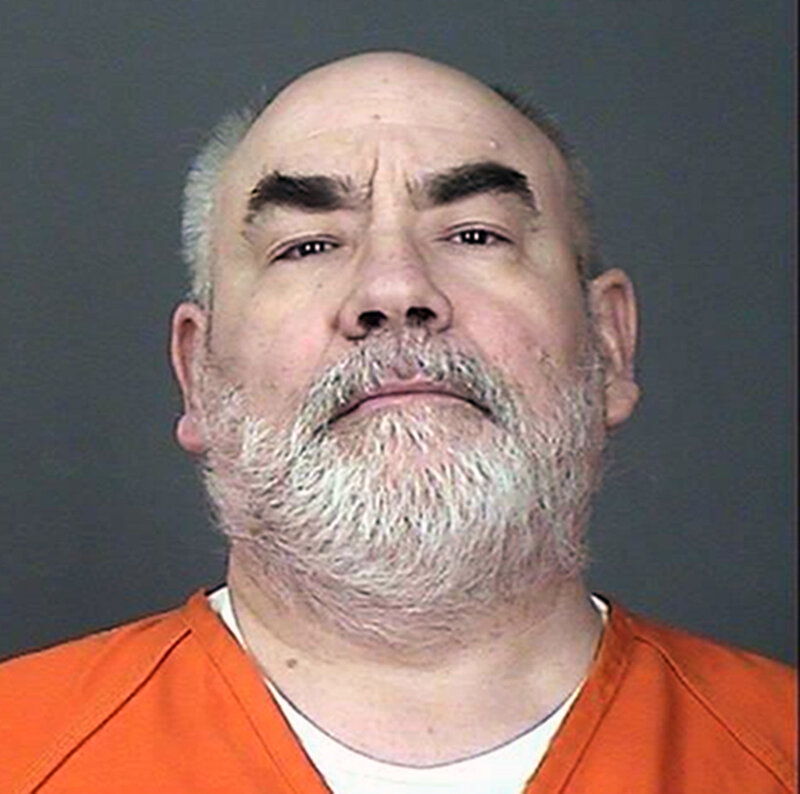
Around July 28, 2015 investigators were able to obtain a search warrant for the suspect’s home where they found important evidence regarding the two abductions of the young boys.
After that, Danny James Heinrich was taken right away into custody.
In the plea agreement, the defendant agreed to plead guilty to one count of the 25 federal child pornography charges brought against him. In addition to revealing the location of the body and pleading guilty, he also agreed to testify as to the details of the Wetterling crime.
In exchange for Heinrich’s plea, the prosecutors agreed not to charge him with Wetterling’s murder. In accordance with the plea agreement, Heinrich was sentenced to the maximum prison term of 20 years for the child pornography charge.
In January 2017, Heinrich was transferred to Federal Medical Center, Devens, a federal prison in Massachusetts, to serve his 20-year sentence.
If you want to know this case on a deeper level you can look at this site:
Jacob’s parents, Jerry and Patty Wetterling, formed the Jacob Wetterling Foundation, an advocacy group for children’s safety to remember and respect their brave child’s memory.

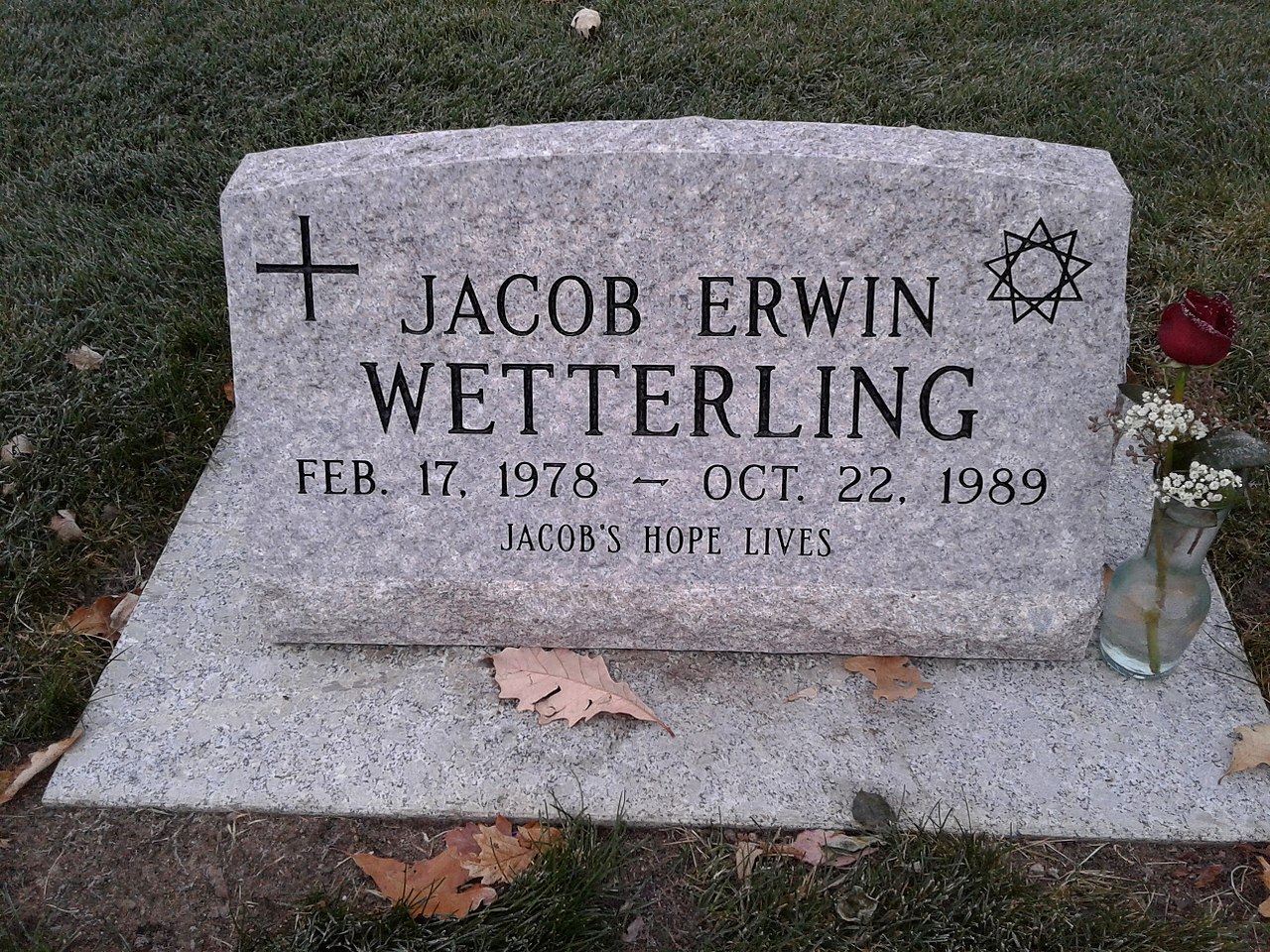
After the foundation of the AMBER alert in 1996, the company started to fade out.
Still, a few individual companies kept printing kids on milk cartons even in the late 1990s. Today, the image of a missing child on a milk carton is one that many Americans recall vividly.
Just a few years later the program came to an end. They figured out that it wasn’t a safe thing for other children to read about kids being kidnapped every day.
Also the turnaround for an image was really slow, in some cases children would be missing for months before appearing in a milk carton.
The program also received backlash for disproportionately featuring white kids even though children of color make up a greater percentage of missing children.
Nowadays, the Amber alert is the fastest and most efficient warning system to help find abducted children.
To view missing child posters in your area, visit www.missingkids.org/search.




